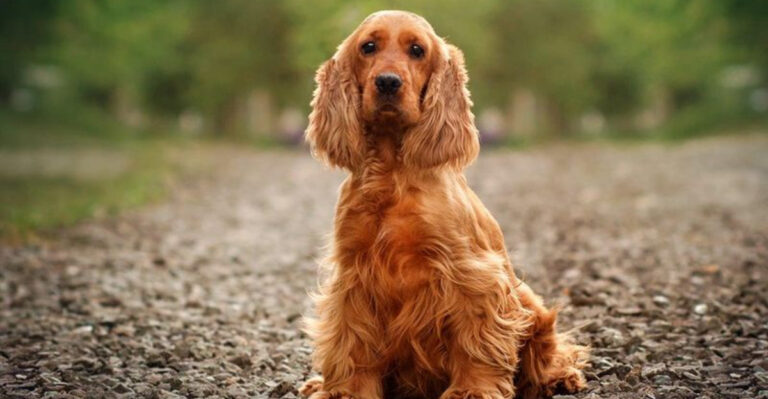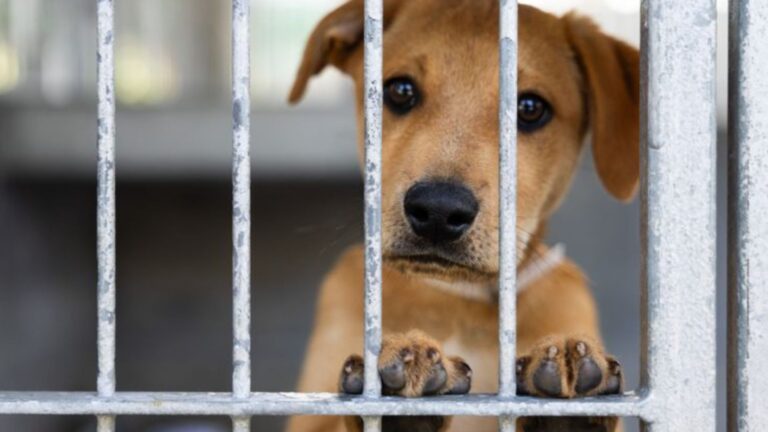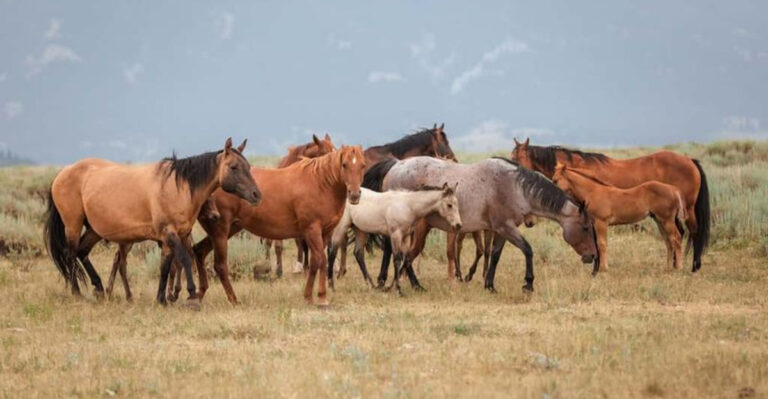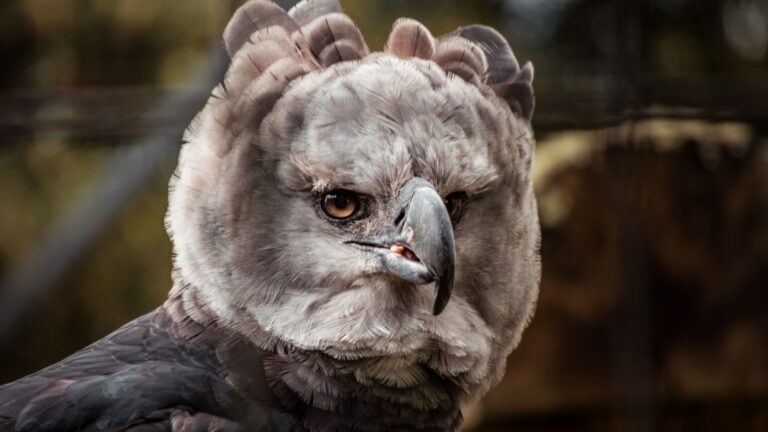The Untold Story Of Horses: 12 Key Roles In Ranching You Didn’t Know About
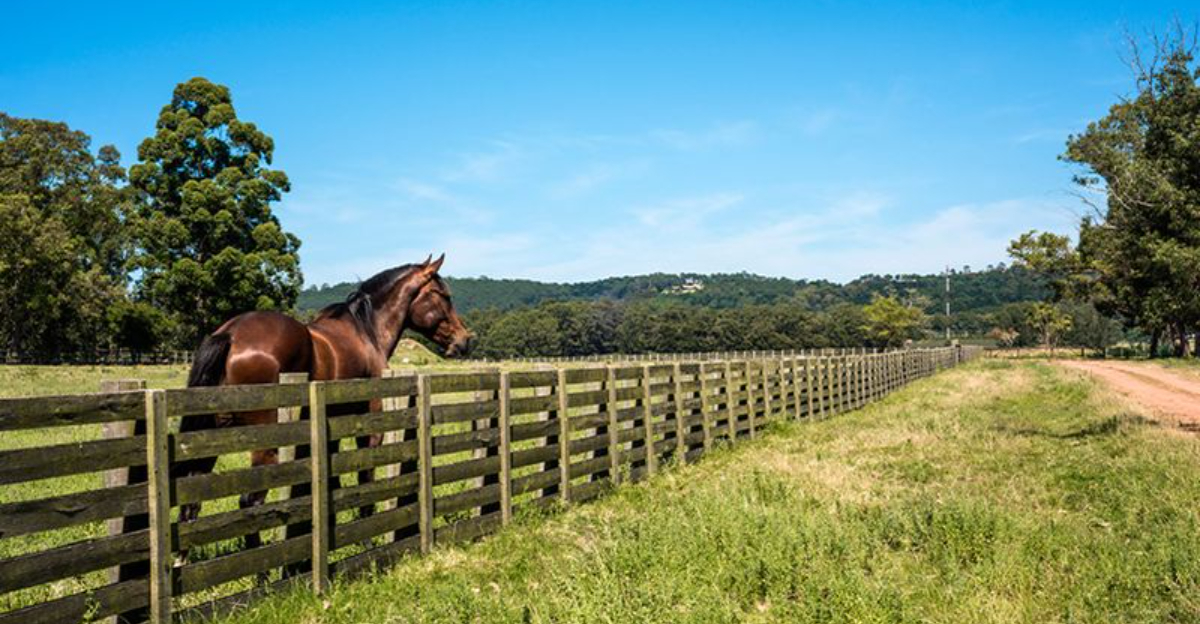
Horses have been the silent partners in ranching for centuries, yet most people only picture them carrying cowboys across the plains.
The truth is, these magnificent animals serve in dozens of specialized roles that keep ranches running smoothly. From sorting cattle to teaching young ranchers, horses contribute far more than just transportation to the ranching world.
Their intelligence, strength, and instincts make them irreplaceable on working ranches even in our modern age.
1. Cutting Horses – The Cattle Separators
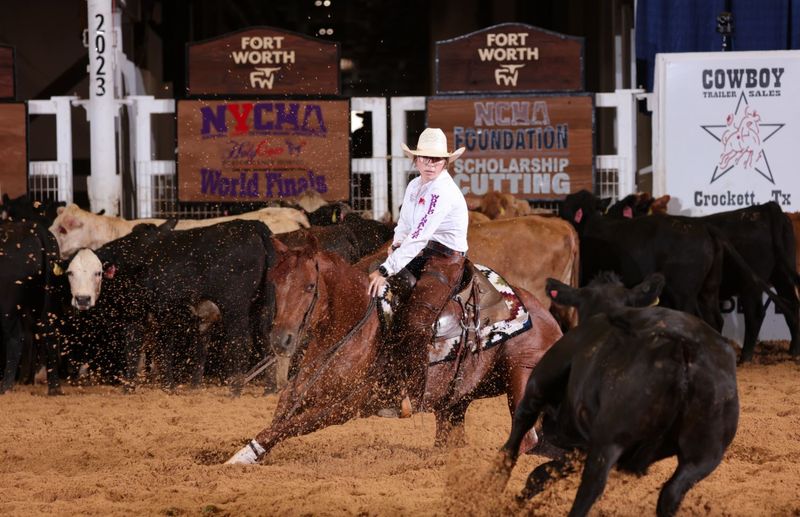
A cutting horse’s uncanny ability to read cattle behavior makes it the ultimate sorting specialist on any ranch. These equine athletes can isolate a single cow from the herd with minimal guidance from riders, relying on their natural cow sense and quick reflexes.
Training a cutting horse takes years of specialized work, developing their instincts to anticipate a cow’s movements before they happen. A good cutting horse will drop its hindquarters low, shifting weight dramatically to match every dodge and turn of the cattle.
Ranchers value these horses tremendously, with top performers selling for hundreds of thousands of dollars. Their specialized skill saves countless hours of labor and reduces stress on cattle during necessary separations.
2. Fence Horses – The Boundary Inspectors
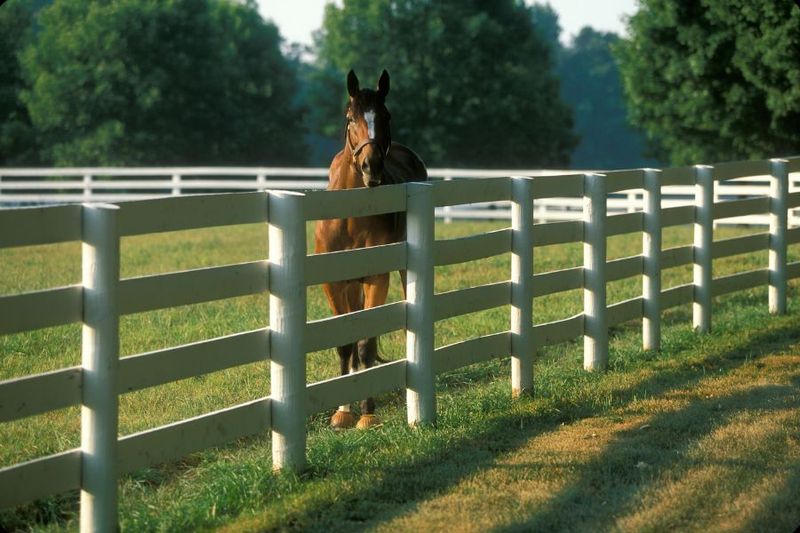
Fence horses carry ranchers along miles of property lines each day, helping spot broken wires or fallen posts before livestock can escape. These steady mounts need exceptional endurance and sure-footedness to navigate rough terrain where vehicles can’t go.
A good fence horse develops an almost sixth sense about the job. They’ll often alert riders to problems by stopping or turning their ears toward damaged sections of fencing that human eyes might miss. Ranch hands rely on these horses to carry tools, wire, and posts during repairs.
Their calm temperament allows them to stand patiently during maintenance work, sometimes for hours, making them invaluable partners in this essential ranch task.
3. Night Horses – The Dark Navigators
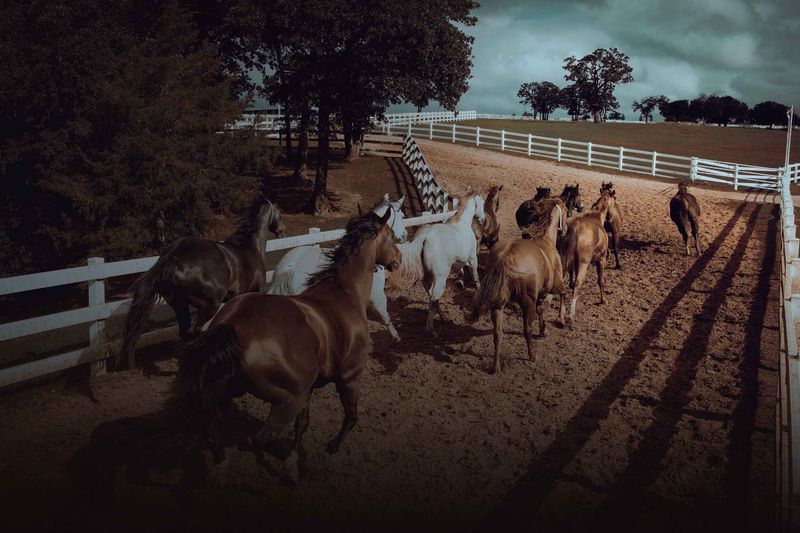
When emergencies happen after sunset – like calving complications or predator threats – ranchers reach for their night horses. These special equines have exceptional night vision and an unusually calm demeanor when moving through darkness that would spook ordinary mounts.
Night horses develop a remarkable trust with their riders, navigating by memory across familiar ranch land when visibility is nearly zero. They’ll step carefully around holes and obstacles their riders can’t see, keeping both themselves and humans safe.
Many ranchers speak of night horses almost reverently. These animals seem to develop an extra sense about their surroundings, responding to sounds and smells in the darkness with intelligence rather than fear.
4. Drag Horses – The Herd Followers
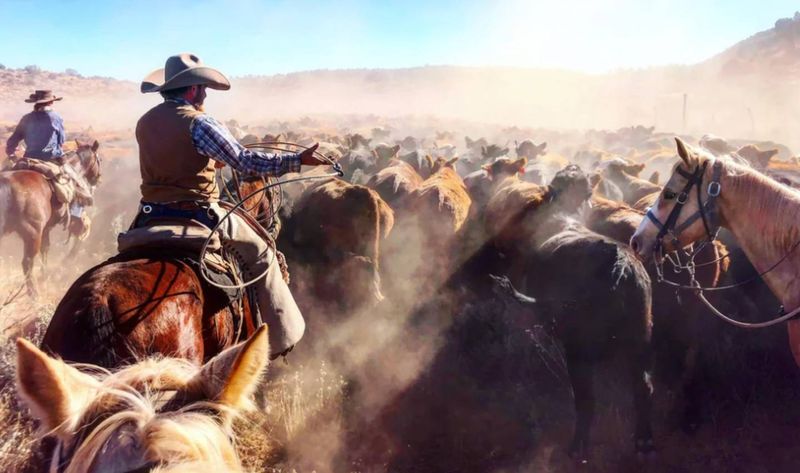
Behind every cattle drive, drag horses work the dustiest, most challenging position. These tough animals push stragglers forward while breathing the thick dust kicked up by hundreds of hooves. Their riders are responsible for ensuring no cattle fall behind or wander off.
The perfect drag horse combines patience with persistence. When a stubborn cow plants its feet, these horses know exactly how much pressure to apply – nudging with their chest or even nipping at heels when necessary.
Unlike flashier lead horses, drag horses rarely get glory, but experienced ranchers treasure them for their reliability. Many are older horses who’ve learned to conserve energy throughout long drives, pacing themselves wisely while maintaining constant vigilance.
5. Kid Horses – The Young Rancher Teachers
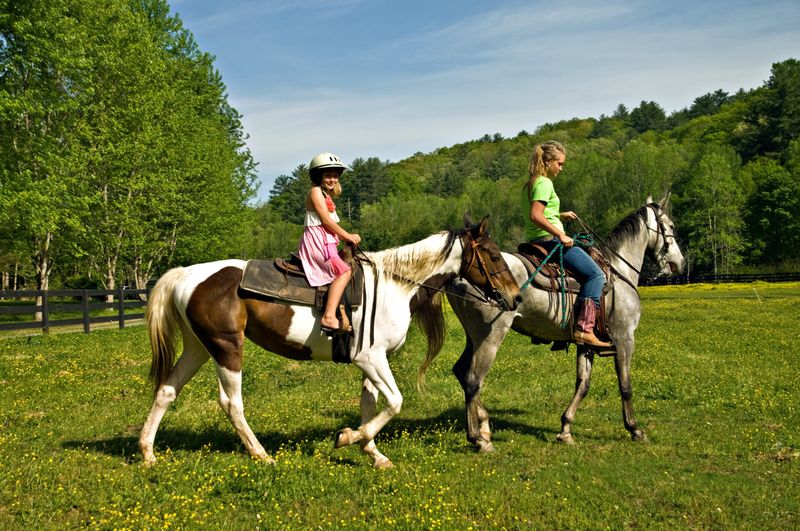
Every ranch family treasures their kid horses – patient mentors that teach children horsemanship and responsibility. These trustworthy animals seem to understand they’re carrying precious cargo, adjusting their movements to keep inexperienced riders secure.
The best kid horses possess an almost supernatural awareness of their young riders’ abilities. They’ll move cautiously with beginners but gradually allow more control as children develop skills. Ranch parents tell stories of kid horses that refused to run even when urged, somehow sensing their rider wasn’t ready.
These equine teachers often serve multiple generations within ranch families. Many adult ranchers can point to specific horses that built their confidence and taught them the foundation of skills they still use decades later.
6. Nursery Horses – The Calf Protectors
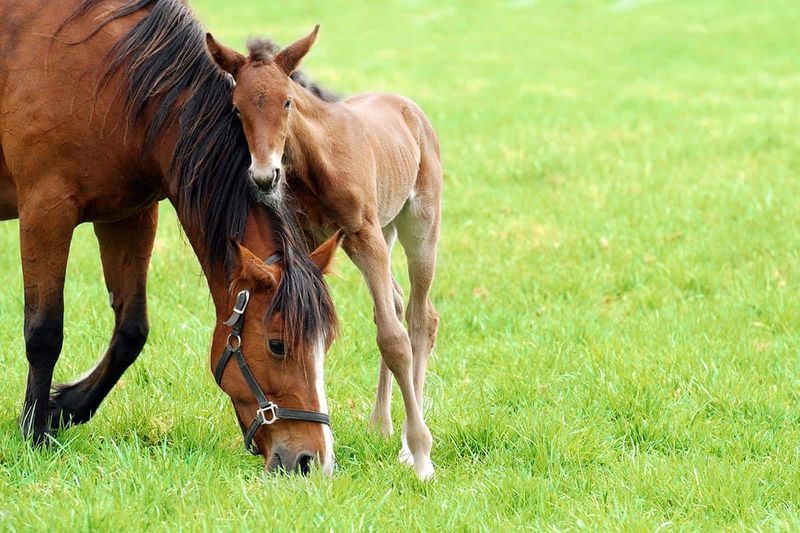
Nursery horses specialize in working around newborn calves with remarkable gentleness. These horses understand the fragility of young animals, carefully placing their hooves to avoid tiny legs while helping ranchers monitor and move new mothers and their babies.
A skilled nursery horse will position itself between protective mother cows and ranch workers, creating a safety buffer during tagging or health checks. They respond to the heightened tension of calving season with unusual calmness, helping reduce stress for both humans and cattle.
Many nursery horses are mares who seem to have maternal instincts toward calves. Ranchers report these horses will sometimes stand guard over a vulnerable newborn if the mother cow wanders off, demonstrating a natural protective behavior that makes them perfect for this specialized role.
7. Gather Horses – The Herd Collectors
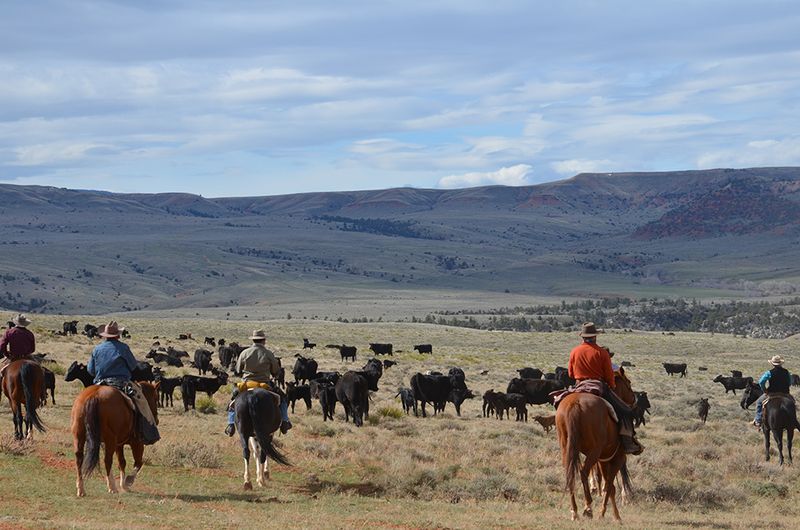
Gather horses excel at the challenging task of finding and collecting scattered cattle across vast rangelands. These equine partners cover miles of difficult terrain, remembering the location of water sources, natural barriers, and likely hiding spots where cattle might gather.
The ideal gather horse combines endurance with intelligence. They’ll work methodically through canyons and brushy areas, sometimes leading riders to cattle that would otherwise be missed. Their keen senses often detect animals hidden in thick vegetation before the rider notices anything.
Many ranchers credit their gather horses with almost supernatural abilities to predict where strays might be found. These horses develop an intimate knowledge of the landscape, making them indispensable during roundups when every animal must be accounted for.
8. Gate Horses – The Precision Partners
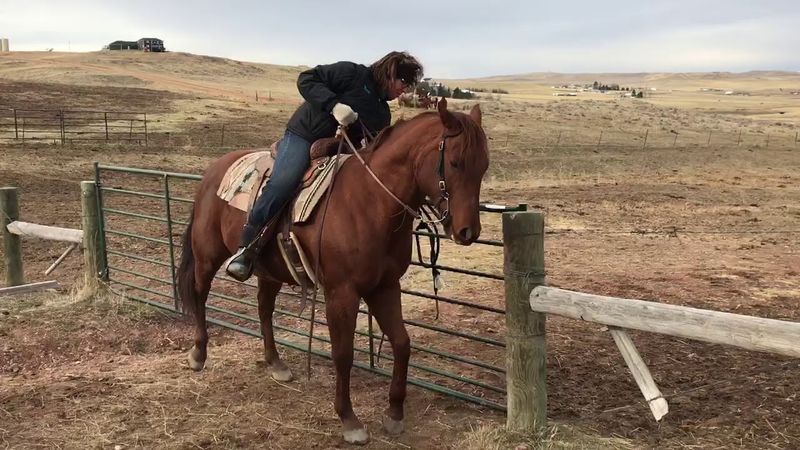
Opening and closing gates from horseback requires a horse with extraordinary patience and positioning skills. Gate horses learn to stand perfectly still at precise angles, allowing riders to reach latches without dismounting dozens of times daily.
A well-trained gate horse responds to subtle leg cues, sidestepping precisely to position the rider within reach of fasteners. They’ll back up, turn, and advance on command while a heavy gate swings nearby – movements requiring remarkable trust and body control.
Experienced ranchers recognize that a good gate horse saves hours of work each week. On large ranches with numerous pastures, a horse that masters this skill becomes invaluable, especially during bad weather when staying mounted keeps riders warmer and drier.
9. Pack Horses – The Supply Carriers
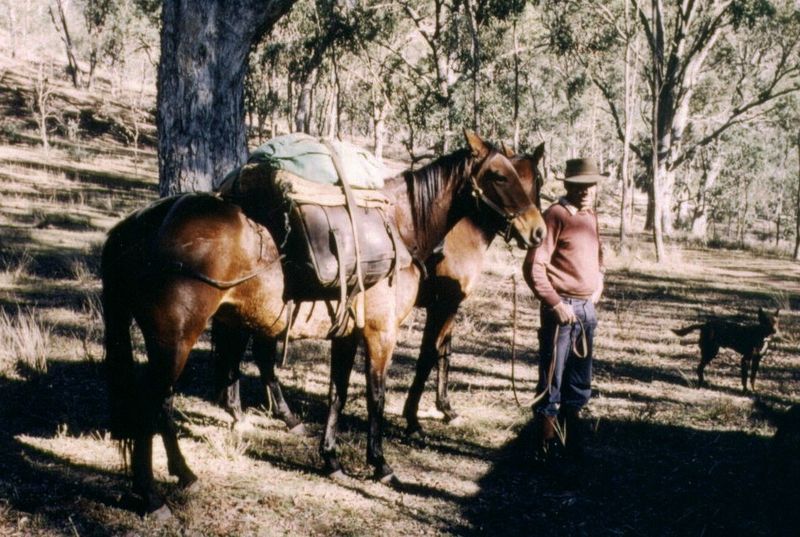
When ranch work takes crews into remote areas, pack horses become the lifeline carrying supplies, equipment, and camp necessities. These strong, steady animals transport hundreds of pounds across terrain no vehicle could navigate, making extended work possible in isolated sections of the ranch.
The ideal pack horse combines physical strength with an unflappable temperament. They must tolerate unusual loads that shift and make strange noises without spooking. Some develop remarkable balance, instinctively adjusting their movements to keep awkward loads stable.
Ranch hands develop deep appreciation for reliable pack horses. These animals make it possible to repair distant water systems, maintain remote line cabins, and sustain multi-day cattle gathering operations that would otherwise require helicopters or be completely impossible.
10. Doctor Horses – The Medical Assistants
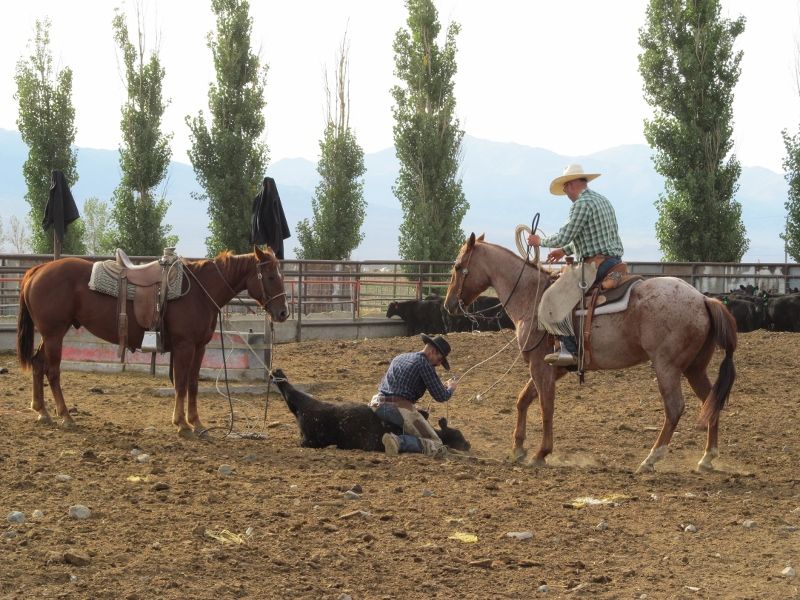
When cattle need treatment, doctor horses work as mobile restraint systems and positioning tools. These specialized mounts help ranchers rope sick animals, then use their weight and strength to hold them securely for medication or examination.
A good doctor horse understands tension on the rope and responds automatically, backing up to keep pressure steady when a cow pulls against restraint. They’ll maintain this precise pressure without constant guidance, allowing the rancher to focus on treatment instead of controlling the horse.
These horses develop an almost uncanny sense for the job. Many will anticipate the moment a cow might break free and adjust their position preemptively. Their quick thinking and solid training prevent injuries to both humans and cattle during these high-stress medical interventions.
11. Sorting Horses – The Cattle Organizers
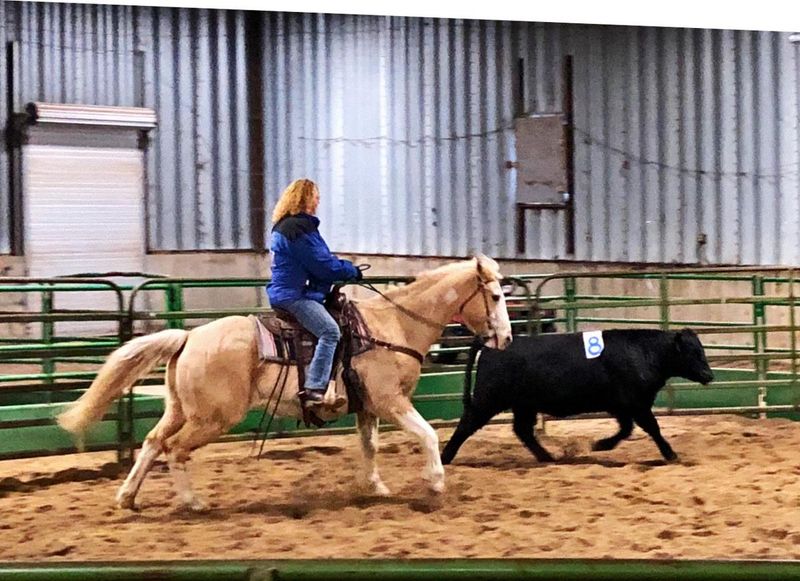
Sorting horses help ranchers organize cattle into specific groups based on age, weight, health status, or ownership. These equine partners combine the agility of cutting horses with remarkable stamina to work for hours in crowded pens. The noise and chaos of sorting pens would overwhelm average horses.
Sorting specialists remain focused amid the commotion, responding to subtle cues while cattle run in all directions. Their ability to start and stop instantly prevents cattle from breaking back to the wrong groups. Many sorting horses develop an intuitive understanding of the goal.
They’ll position themselves at strategic points without being asked, anticipating where pressure needs to be applied to keep cattle moving through gates in the right direction.
12. Wagon Horses – The Equipment Pullers
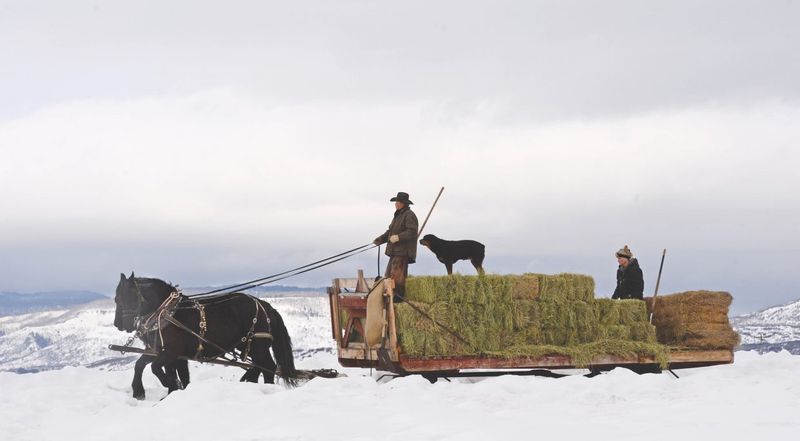
Modern ranches still rely on horse-drawn wagons for specific tasks where vehicles aren’t practical. Wagon horses pull feed through muddy fields in winter, transport hay to remote pastures, and haul equipment across terrain too rough for trucks.
These powerful draft crosses combine strength with the ranch horse intelligence needed to navigate varying conditions. They understand voice commands like “gee” (right) and “haw” (left), allowing drivers to control them while managing equipment or distributing feed.
Many ranchers find wagon horses more reliable than machinery in extreme weather. When temperatures plummet and engines won’t start, these equine workers show up ready for the job. Their natural four-wheel drive navigates snow and mud that would stop most vehicles.

